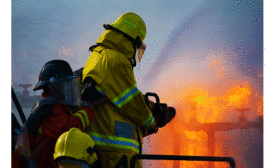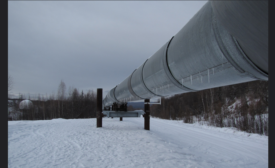Sustainability in Health and Safety
Training Strategies
Focus on safety standards when creating equipment
Elements of design
May 13, 2020
Heat illness more dangerous, easier to prevent than you think
Hot jobs, high risk
March 31, 2020
From NIOSH
Task and environment affect carbon monoxide exposure among wildland firefighters
March 9, 2020
A NIOSH Science Blog post
Are there nano- and microplastics in the workplace?
February 21, 2020
Study IDs states with highest rates of melanoma due to UV radiation
Several landlocked states among those with highest rates
February 19, 2020
Never miss the latest news and trends driving the safety industry
eNewsletter | Website | eMagazine
JOIN TODAYCopyright ©2024. All Rights Reserved BNP Media.
Design, CMS, Hosting & Web Development :: ePublishing









